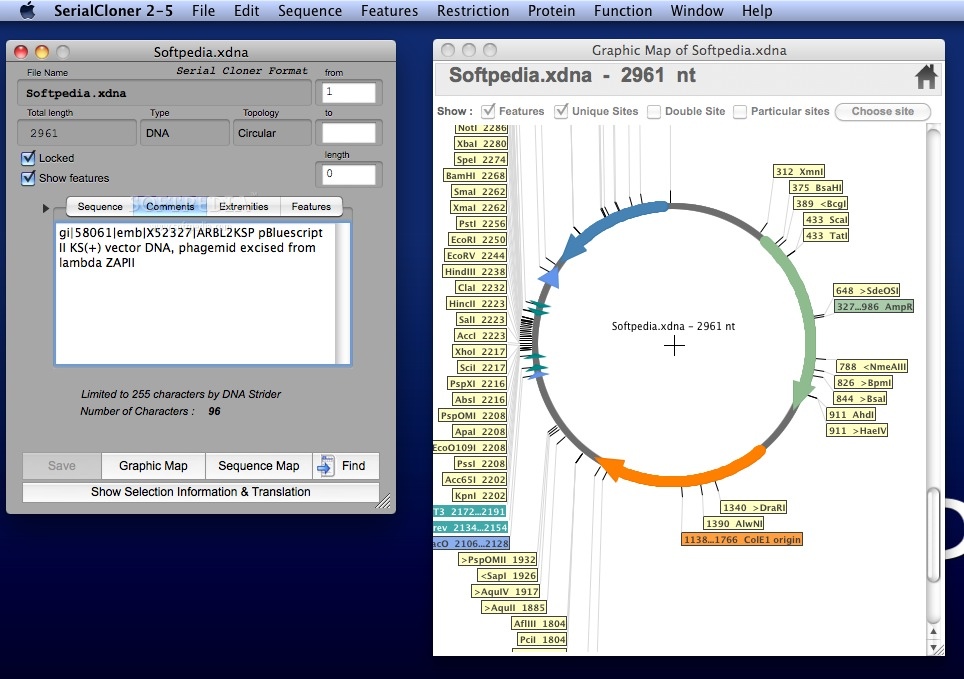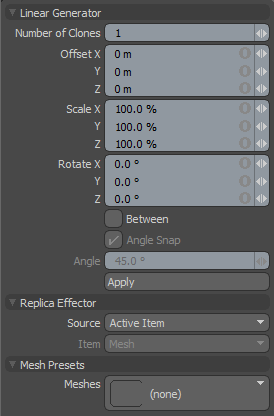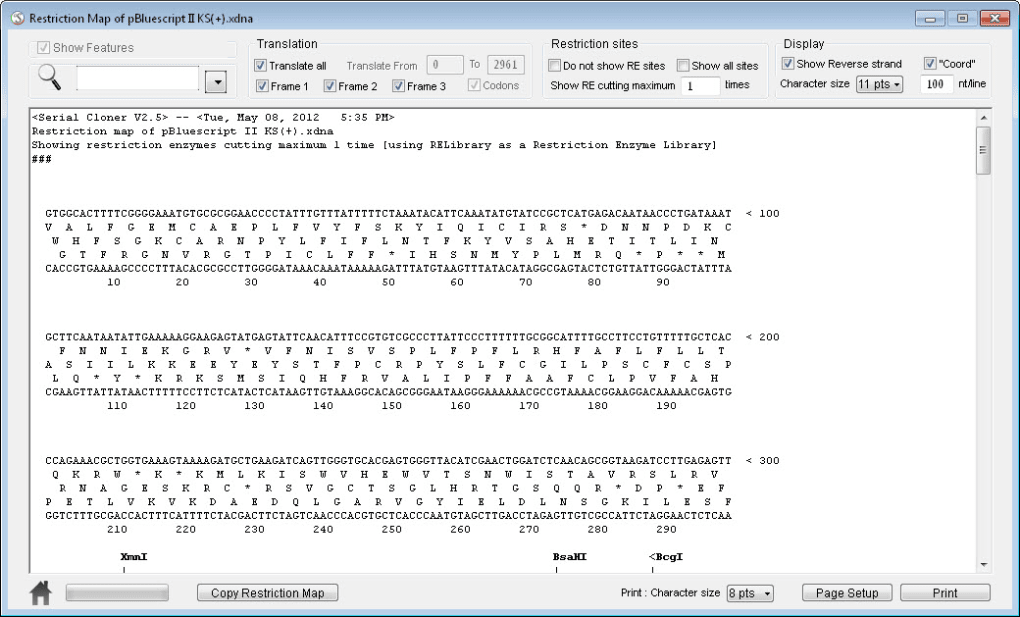

- #Build a constrcuct serial cloner how to
- #Build a constrcuct serial cloner install
- #Build a constrcuct serial cloner update
- #Build a constrcuct serial cloner mac
#Build a constrcuct serial cloner how to
There is a forum post which describes how to write both the DFU and USB code using ISP, but I was not able to make it work.There are genuinely too many features in Construct to reasonably list here. To restore the DFU loader, use (1) or see README.txt in $SRC/hardware/arduino/firmwares/atmegaxxu2 for how to upload UNO-dfu_and_usbserial_combined.hex. Since fiddling around to put the UNO in DFU mode looks spastic, I prefer (2). DFU programming will be disabled until the DFU code is re-flashed.
#Build a constrcuct serial cloner update
Update the UNOĪs a final test of your hardware setup, upload the pre-built firmware to the ATMEGA8U2. Set the LUFA path and avrdude parameters as necessary for your setup. Now modify the DFU and USB firmware makefiles to use LUFA and the STK500 programmer: I like to unzip it into $SRC/hardware/arduino/firmwares. You’ll need version 100807, even though there are newer versions.

This will confirm that your build environment is setup correctly and your programmer is working. Make sure you can build and burn the Arduino bootloader on the UNO.
#Build a constrcuct serial cloner install
Get the Arduino source from GitHub or copy it from the IDE install (/usr/share/arduino) into a directory of your choice – Let’s call it $SRC.If you program the USB code onto the ATMEGA328 by accident, you’ll overwrite the bootloader. If it reads 0x1E950F, you have the ISP connected to the ATMEGA328, not the ATMEGA8U2. Make sure the device signature matches (0x1E9389).

Since avrdude doesn’t officially support the ATMEGA8U2, specify the at90usb82 part instead and use the -F flag to tell avr to ignore the device signature. Reading | # | 100% 0.01sĪvrdude: Expected signature for AT90USB82 is 1E 93 82 See Lady Ada’s UNO FAQ for information about the ATMEGA8U2 and where to add the header.Ĭonnect the ISP cable to the new header and check that everything is working: $ avrdude -P /dev/ttyS0 -c stk500v2 -p at90usb82 -FĪvrdude: AVR device initialized and ready to accept instructions Your ISP programmer should already be setup and working if you can successfully build and burn the bootloader, but since the bootloader is installed on the ATMEGA328 chip, and the USB subsystem is controlled by the ATMEGA8U2 chip, you cannot use the same ISP header.įortunately the UNO contains a footprint for adding the header – you just need to solder one in.

While it is possible to update the USB code using the DFU loader, the only way to program the DFU code is via ISP. A soldering iron, solder, etc., and 6 x 0.100 pin headers.īy default, the ATMEGA8U2 on an UNO is loaded with a DFU bootloader and the LUFA USB stack configured as a serial device.Procedures will be shown for the STK500 but any avrdude ISP programmer will work.
#Build a constrcuct serial cloner mac
It is possible to re-program an Arduino using Mac and Windows, but the procedures here are for Ubuntu 12.04. Read more about it in Lady Ada’s UNO FAQ. Arduino boards prior to the UNO used a non-programmable FTDI chip for this purpose, but it is the replacement of this part with a programmable one that allows the UNO to appear as a device other than a serial port by loading it with new firmware. By default, the ATMEGA8U2 contains firmware that makes the UNO appear as a serial USB device. The Arduino UNO has two microcontrollers: the ATMEGA328 is the one used to store and run your sketches, and the ATMEGA8U2 is the middle man between USB and the serial IO of the ATMEGA328. Here is how to build and program the stock Arduino firmware, which is useful when building an Arduino clone or for converting the UNO into something other than a serial USB device. In addition to the sketches that you load onto your Arduino using the IDE, Arduino UNO (and newer) boards use a separate micro controller loaded with separate firmware for the purpose of communicating via USB.


 0 kommentar(er)
0 kommentar(er)
